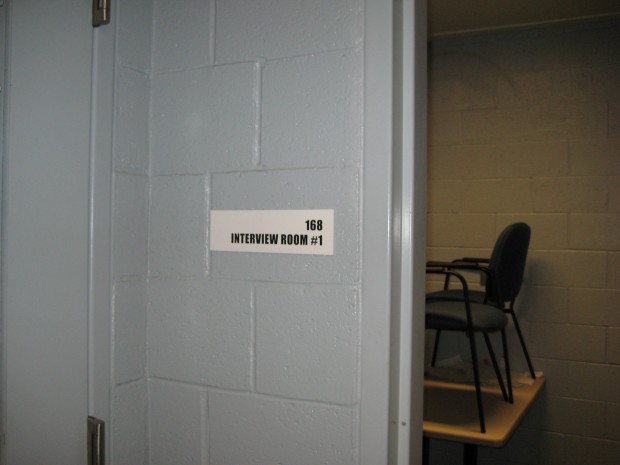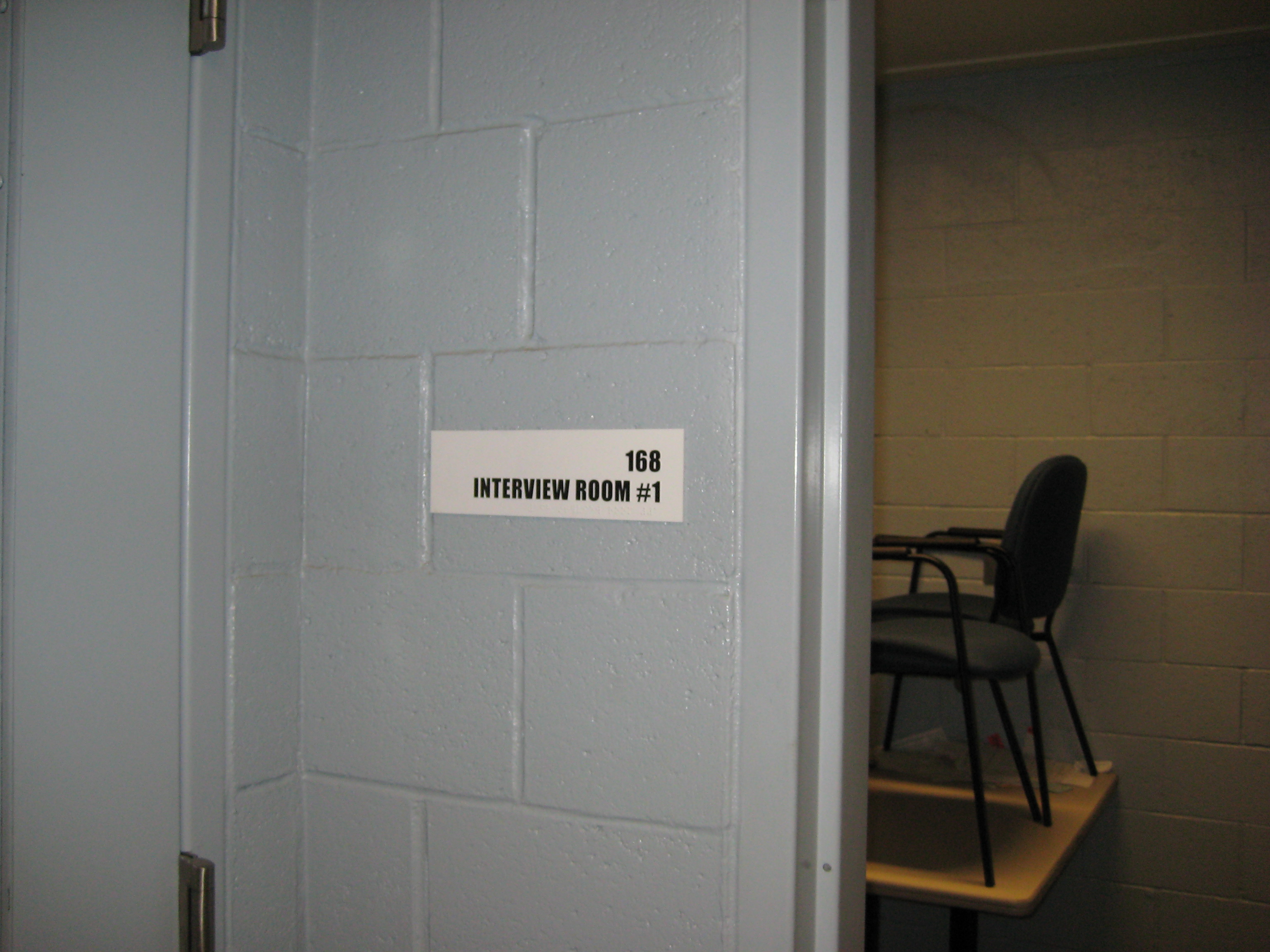The July 2010 issue of Applied Psycholinguistics has a paper authored by Joanne Arciuli, myself and Gina Villar. The paper’s title is ‘“Um, I can tell you’re lying”: Linguistic markers of deception versus truth-telling in speech.’ The paper presents an experiment we conducted at Charles Sturt University, although my co-authors are now based at the University of Sydney.

The experiment involved interviews with undergraduate students. The study was set up so that each interviewee would talk about their opinion on two issues, both of which they had already indicated they felt strongly about. But while the interviewee gave their honest opinion about one issue, they were required to lie about the other. This allowed us to compare the linguistic content when people were lying to when the same people were telling the truth.
Here’s the abstract, followed by the citation and a link to the full paper:
Lying is a deliberate attempt to transmit messages that mislead others. Analysis of language behaviors holds great promise as an objective method of detecting deception. The current study reports on the frequency of use and acoustic nature of “um” and “like” during laboratory-elicited lying versus truth-telling. Results obtained using a within-participants false opinion paradigm showed that instances of “um” occur less frequently and are of shorter duration during lying compared to truth-telling. There were no significant differences in relation to “like.” These findings contribute to our understanding of the linguistic markers of deception behavior. They also assist in our understanding of the role of “um” in communication more generally. Our results suggest that “um” may not be accurately conceptualized as a filled pause/hesitation or speech disfluency/error whose increased usage coincides with increased cognitive load or increased arousal during lying. It may instead carry a lexical status similar to interjections and form an important part of authentic, effortless communication, which is somewhat lacking during lying.
Arciuli, J., Mallard, D., & Villar, G. (2010). “Um, I can tell you’re lying”: Linguistic markers of deception versus truth-telling in speech. Applied Psycholinguistics, 31, 397-411. doi:10.1017/S0142716410000044.


Comments
One response to “Linguistic cues to deception: New article in Applied Psycholinguistics”
[…] project relates to our earlier Applied Psycholinguistics paper. In the previous project, we examined linguistic cues to lying in a laboratory experiment, in which […]